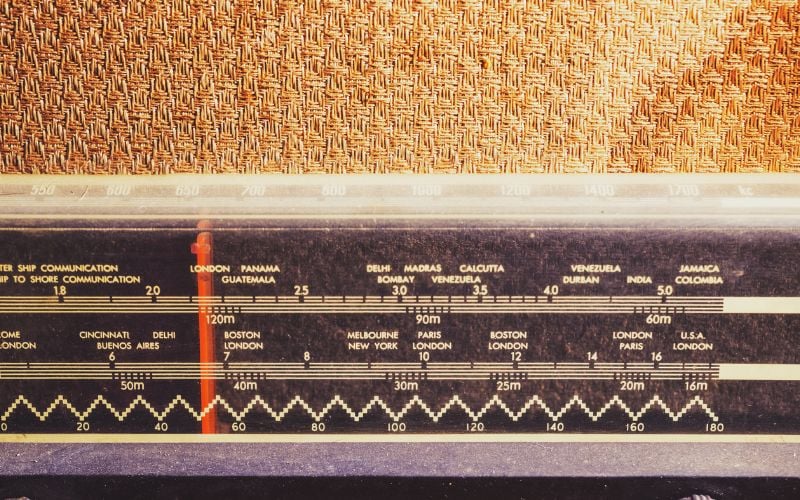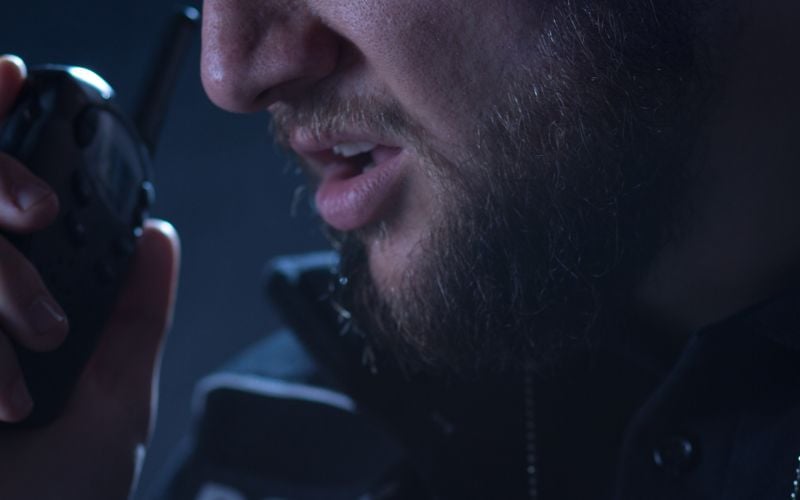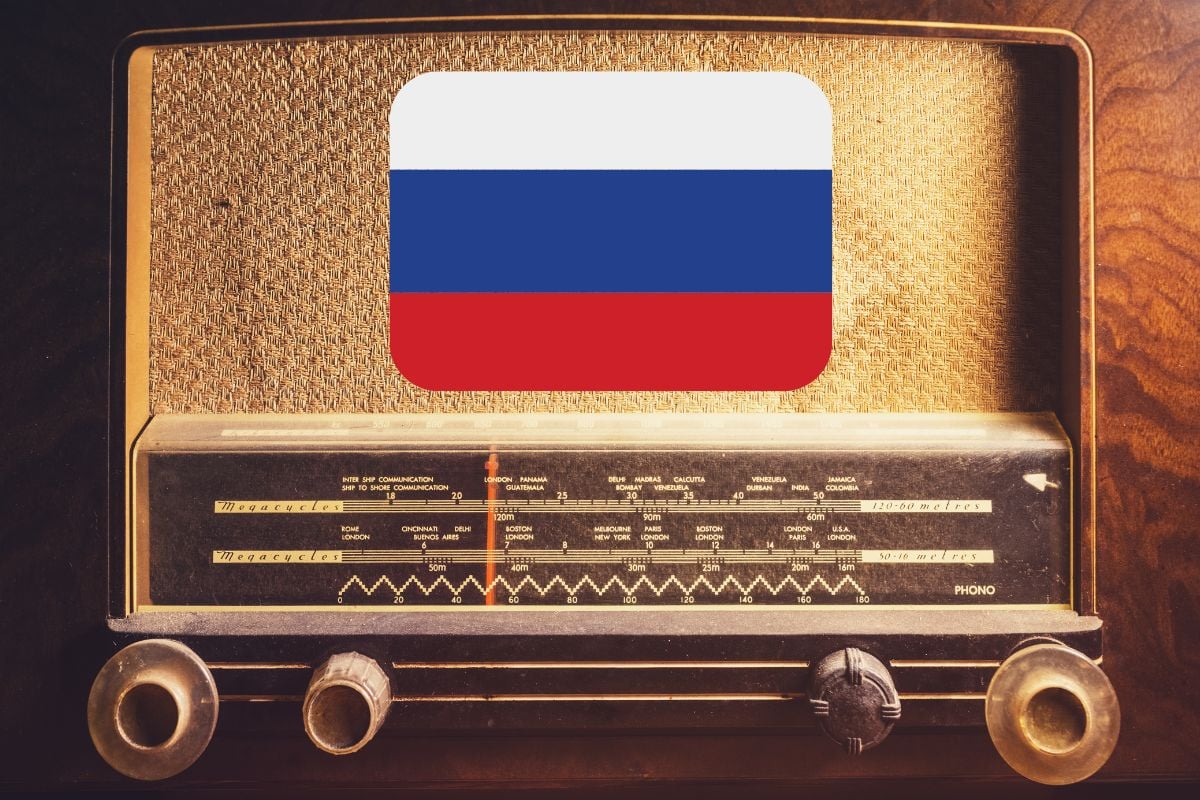If you’ve studied the world of shortwave radio, you’ve probably heard mentions of Russian shortwave radio. This may have created a sense of intrigue or confusion – what’s so special about these Russian radios? Are they the best for listening to international news and music shows?
Although not as popular, shortwave radios are the best options for listening to long-distance broadcasts. Unlike traditional FM/AM radios, shortwave radios are designed to receive broadcasts from local and international stations.
This article focuses on answering your top questions about Russian shortwave radio.
Let’s begin!
What is shortwave radio?

shortwave radios are frequencies between the AM and FM bands of standard radio. These radios operate at higher frequencies, between 3,000 and 30,000 kHz (3 and 30 MHz).
Because of their long-distance range, shortwave radios are used in countries with limited local broadcasting.
This explains why most religious programs, such as the Fundamental Broadcasting Network and Family Radio Oakland, are broadcast on shortwave radio.
Do Russians have shortwave radios?
Russians have shortwave radios, one of the main forms of communication due to internet restrictions caused by the war with Ukraine. Radio truth for Russia is an excellent example of shortwave radio in Russia.
In addition, Russian Armed Forces use shortwave radios for communications and tactical operations.
Can you listen to Russian shortwave radio?
You can listen to Russian shortwave radio if you have a world band receiver tuning in to the shortwave band.
Alternatively, an advanced hobbyist can use a specialized receiver such as a Software Defined Radio (SDR) to modulate and demodulate Russian shortwave radio signals.
Once you have the above gadgets, all you have to do is tune into your desired frequency.
If you are using a digital radio, tuning involves entering the frequency using the radio’s keypad or by tuning up and down.
Conversely, with an analog radio, you should select the appropriate shortwave band. You can choose for example 4625 kHz to hear the Russian buzzer.
Which station are Russian shortwave numbers?

UVB-76 or the buzzer is the Russian shortwave number. The buzzer operates at 4625 kHz and is considered a spy station because it broadcasts a series of numbers whose meaning remains a mystery.
The name Buzzer is based on the monotonous buzzing sounds of the radio broadcast, which are repeated at a certain frequency.
Hearing the Russian shortwave radio station for the first time is like an exciting scavenger hunt. You can enjoy a dose of mystery and intrigue as you try to unravel it hidden message in number station.
To this day, there is speculation about the purpose of this radio. Amateur radio specialists have recently developed a theory The radio sends encrypted messages to the military and spies.
In this article you will find the best shortwave radio stations to listen to.
Does Radio Moscow still exist?
Although still in existence, Radio Moscow is currently recognized as Radio Sputnik.
The Union of Soviet Socialist Republics relied on Radio Moscow for international broadcasts until 1993, when the radio was reorganized into the Voice of Russia by decree of then Russian President Boris Yeltsin.
Radio Voice of Russia was later reorganized into Radio Sputnik, as it is currently known, for the second time.
What is the Russian ghost radio?
Russian Ghost Radio, also known as Buzzer, is a mysterious shortwave radio broadcasting on 4625 kHz. The name “ghost” derives from its strange and eerie signals, which sound like a buzzer or a ticking clock.
The broadcast usually begins with a repeating sound that plays for about 25 seconds, followed by a sequence of numbers. The numbers are believed to contain encrypted messages for use by spies and the military.
When the time is right, spies and the military tune into the Russian Ghost Radio to a decode the scrambled messages One Time Pad (OTP).
To this day, the origin of this mysterious radio station is still unknown. All that is known is that it was discovered after the Second World War.
What are the Russian Shortwave Military Frequencies?
The Russian military uses different shortwave frequencies depending on the category of forces. Each category has different frequencies for communication and tactical operations.
Russian shortwave military frequencies include the following:
Western Military District
● The buzzer (4625 kHz)
● D-marker (5292 kHz)
● T-marker (4182 kHz)
● The air horn (4930 kHz)
● The Goose (4310/3243 kHz)
● The alarm clock (4770 kHz)
● Katok-65 (4224/3218.5kHz)
● Vyezha
Southern Military District
● The Pip (5448/3756 kHz)
● The Squeaky Wheel (5473/3363.5 kHz)
● Vega (5372kHz)
● Baron-78 (3850/4940kHz)
Russian Air Force
● Military transport aviation
● Long-distance aviation
● REA4
What frequencies does BBC Shortwave use in Russia?
BBC Shortwave uses the frequencies 5875 and 15735 kHz in Russia. The BBC revived these shortwave frequencies after the Russian government blocked its standard broadcasts in the country.
When Russia invaded Ukraine in 2022, the government blocked BBC and other radio stations that did not support their actions.
As a result, the BBC switched to shortwave in Russia, as was the case during World War II.
Can Russia Block Shortwave Radio?

Russia cannot block shortwave radio. Shortwave radios are dependent on them Re-emission of broadcast signals through the ionosphereit is impossible to block them, even with jammers.
This explains why the BBC switched to shortwave broadcasting in Russia when the government blocked their standard broadcast frequencies.
Russia still relies on shortwave radio to spread news and information to remote parts of the country.
Additionally, some people use it to broadcast climate data and other data that cannot be easily transmitted over more conventional means such as broadband or cellular networks.
Because of this, shortwave radio still plays an important role in Russia and other parts of the world.
What is the frequency range for Russian shortwave transmitters?
Russian shortwave transmitters have a frequency range of 3995 and 17790 kHz. You can tune into any radio station in this range to listen to Russian music, news and other programs.
A comprehensive list of all Russian radio stations can be found on the Short Wave website. There are hundreds of radio stations in Russia, making it easy to find something that suits your taste.
How to get the best Russian shortwave radio reception?
You can get the best Russian shortwave radio reception Extend the antenna as far as possible to receive the signals.
It’s a good idea to attach a wire to the radio’s telescopic antenna and hang it in front of the window.
However, you must be careful not to attach the cable to a metal object as this may interfere with reception.
You can also use an external antenna connected to the shortwave receiver for better reception.
This allows you to pick up weak signals that are otherwise blocked by physical objects like walls and roofs.
Over and beyond, an antenna pointing north-east or south-west is best suited for excellent shortwave radio reception. These are the directions in which short waves are reflected back from the ionosphere.
Finally, make sure your radio is tuned to the correct frequency range and check for atmospheric interference. These tips will get you the best Russian shortwave radio reception in no time.
What are the benefits of listening to Russian shortwave radio?
Like any other shortwave radio, listening to Russian shortwave radio has the following benefits:
● It keeps you up to date with breaking news and events in Russia.
● You can learn more about Russian culture, language, music and society.
● It helps you keep up to date with political developments in the country.
● You can also use it for emergency communication when other communication channels are unavailable.
● You can listen to long-distance and international broadcasts such as BBC.
Final Thoughts
Russian shortwave radio is still used extensively for a variety of purposes, from military communications to monitoring climate data.
It is a powerful transfer tool that is still relevant today as it cannot be blocked by governments or anyone else.
Therefore, you can switch to these programs when FM and AM stations do not provide sufficient coverage.
It’s worth noting that you may need a license to operate some radios. Read this article to see if you need a shortwave radio license.

